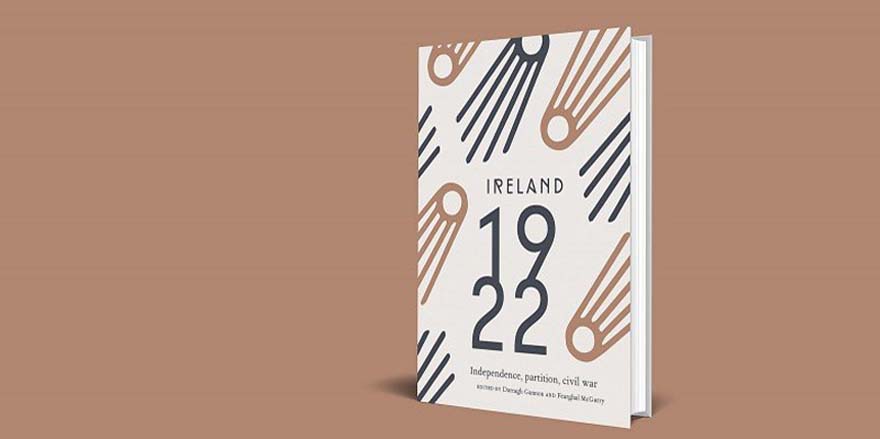
7 October 1922: The killing of teenagers Eamonn Hughes, Brendan Holohan and Joseph Rogers
07 October 2022Read Anne Dolan's essay on "Trauma and the Legacy of Violence" on Century Ireland.
Ireland 1922, edited by Darragh Gannon and Fearghal McGarry, features 50 essays from leading international scholars that explore a turning point in history, one whose legacy remains controversial a century on. Building on their own expertise, and on the wealth of recent scholarship provoked by the Decade of Centenaries, each contributor focuses on one event that illuminates a key aspect of revolutionary Ireland, demonstrating how the events of this year would shape the new states established in 1922. Together, these essays explore many of the key issues and debates of a year that transformed Ireland.
In collaboration with Century Ireland(link is external), we are making the 50 essays freely available online. Today's essay is by Anne Dolan and it recounts the killing of teenagers Eamonn Hughes, Brendan Holohan and Joseph Rogers.
In the early morning of 7 October 1922 a dairyman found the bodies of two ‘respectably-dressed men’ lying on the side of Monastery Road, Clondalkin; a third was nearby on quarry land. Eamonn Hughes and Brendan Holohan had been shot multiple times, then shot again after falling to the ground. On Joseph Rogers’s body, a doctor counted sixteen wounds. These ‘respectably-dressed men’ were teenagers, sixteen and seventeen years old, identified by their families as studious, religious, hardworking; they were apprentices making their way in the world; they were coming men, the eldest with a cigarette holder in his pocket, a gold ring on his finger and a monogrammed watch on his wrist. After going out together to paste up anti-Treaty handbills, they were seen getting into a car with three National Army officers on Clonliffe Road. What happened between then and when the dairyman found them remains unclear. Continue reading (you will be redirected to the website of Century Ireland)
Ireland 1922, edited by Darragh Gannon and Fearghal McGarry, is published by the Royal Irish Academy with support from the Department of Tourism, Culture, Arts, Gaeltacht, Sport and Media under the Decade of Centenaries 2012-2023 programme.




